The Hero's Motif in Ping Pong the Animation
Many television series or movies are elevated by their soundtracks. After a recent re-watch of Gunbuster, I couldn’t get Noriko’s catchy theme out of my head. Listening to it over and over recalled the bittersweet feelings of the show’s emotional twists and heroic climax. The more time I spent revisiting the music, the more time I spent thinking about the show. Processing the emotions. Polishing the memory.
So consider my disappointment when I watched Diebuster soon after, only to be struck by how the sequel’s music left me feeling…well, almost nothing! The score was always thematically appropriate, but it mostly blended into the background and failed to make a lasting impression (outside of the conspicuously out-of-place quoting of the retro, bombastic robot theme). Diebuster’s music left me with nothing to chew on, and the contrast only made me appreciate Gunbuster that much more.
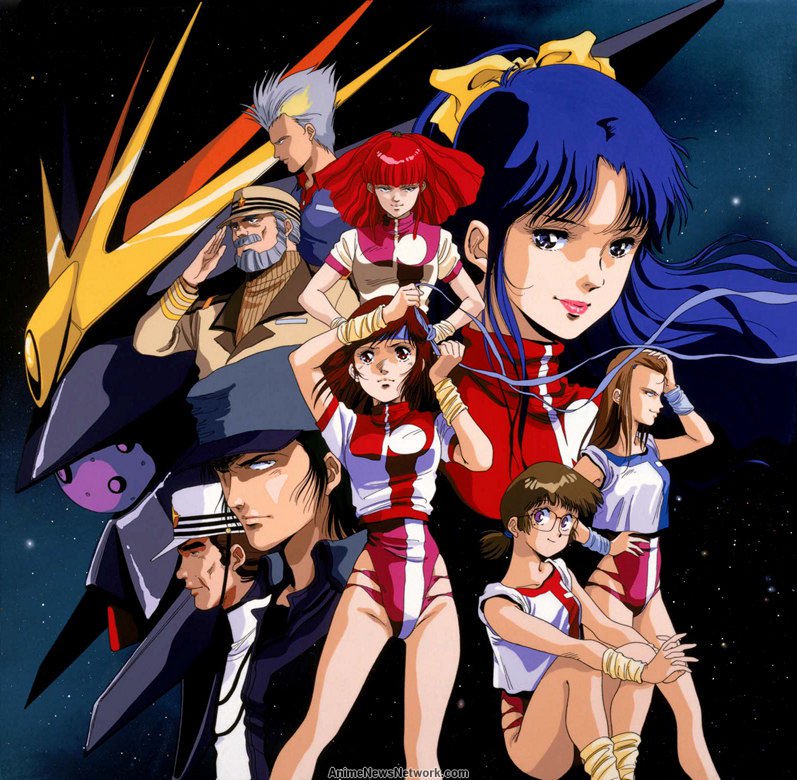
Which got me thinking: How many times have I watched a movie or show, only to find myself listening to its soundtrack on loop the follow week? In almost all cases, it retroactively boosts my appreciation for the original work. Everytime I listen to Diva from Blood+ or Shangri-la from Noein, it generates nostalgia for an otherwise forgettable series. Not to mention catchy OPs or inserts, which on repeat listens slowly erode any misgivings I had about the source material (looking at you, Kiznaiver).
However, this fondness for music is largely due to the music itself, regardless of its narrative significance or usage. Noriko’s theme from earlier stood out thanks to its clear melodic hook, but how much of my affection was tied to the music itself versus its application in the show? Consider this anecdote: in my early love of Escaflowne and Cowboy Bebop, I decided to seek out anything and everything composed by Yoko Kanno. I now regularly listen to and enjoy the soundtracks for both Brain Powerd and Turn A Gundam despite having never seen either show.
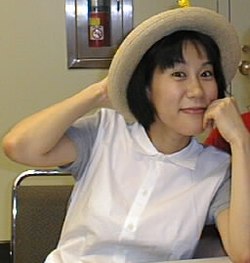
Today, I don’t want to talk about the “quality” of the these soundtracks or try to describe why they appeal to me with awkward metaphors. I want to talk about when a show or film’s score works with the action on screen to create something together that’s wonderous and unique. I want to dive into motifs and their importance to our connection with the characters and themes.
I want to talk about Ping Pong the Animation. Spoilers ahead!
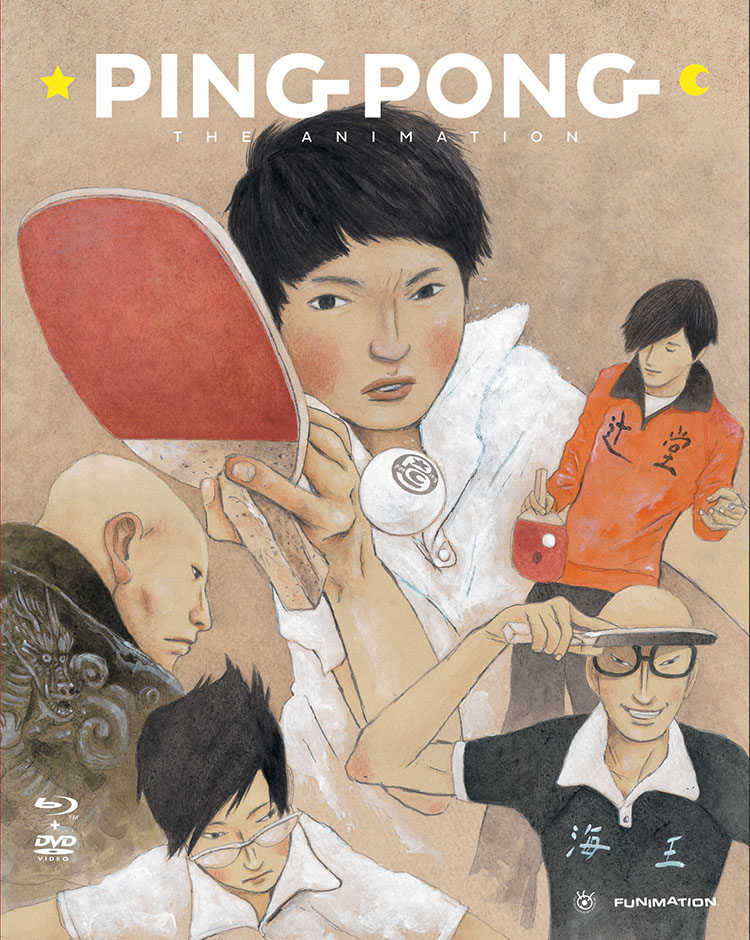
Character Themes
Ping Pong already has a strong backing score. The music often matches the emotion of the scene, from pumped-up action to quiet sadness.
Each main character has an easily distinguishable musical motif that generally follows them through their arc.
Some characters even have multiple themes for different scenarios, connected via a similar melody or instrumentation. Kong’s character theme is bouncy, foreign, and proud. When playing a match, his second theme reflects his cut-throat desire to win and razor-sharp focus.
Compare this to Koizumi’s main theme, whose descending piano arpeggios and wistful strings reflect the old man’s wisdom and warmth. When it comes time for him to teach Smile a bitter lesson, the piano gets foreboding and dissonant. The strings are replaced with a periodic and high-pitched drone, almost like a siren.
That said, as impressive and effective as these motifs are, nothing compares to the Hero’s theme and how it is set up, reinforced, then paid off.
Smile and Peco
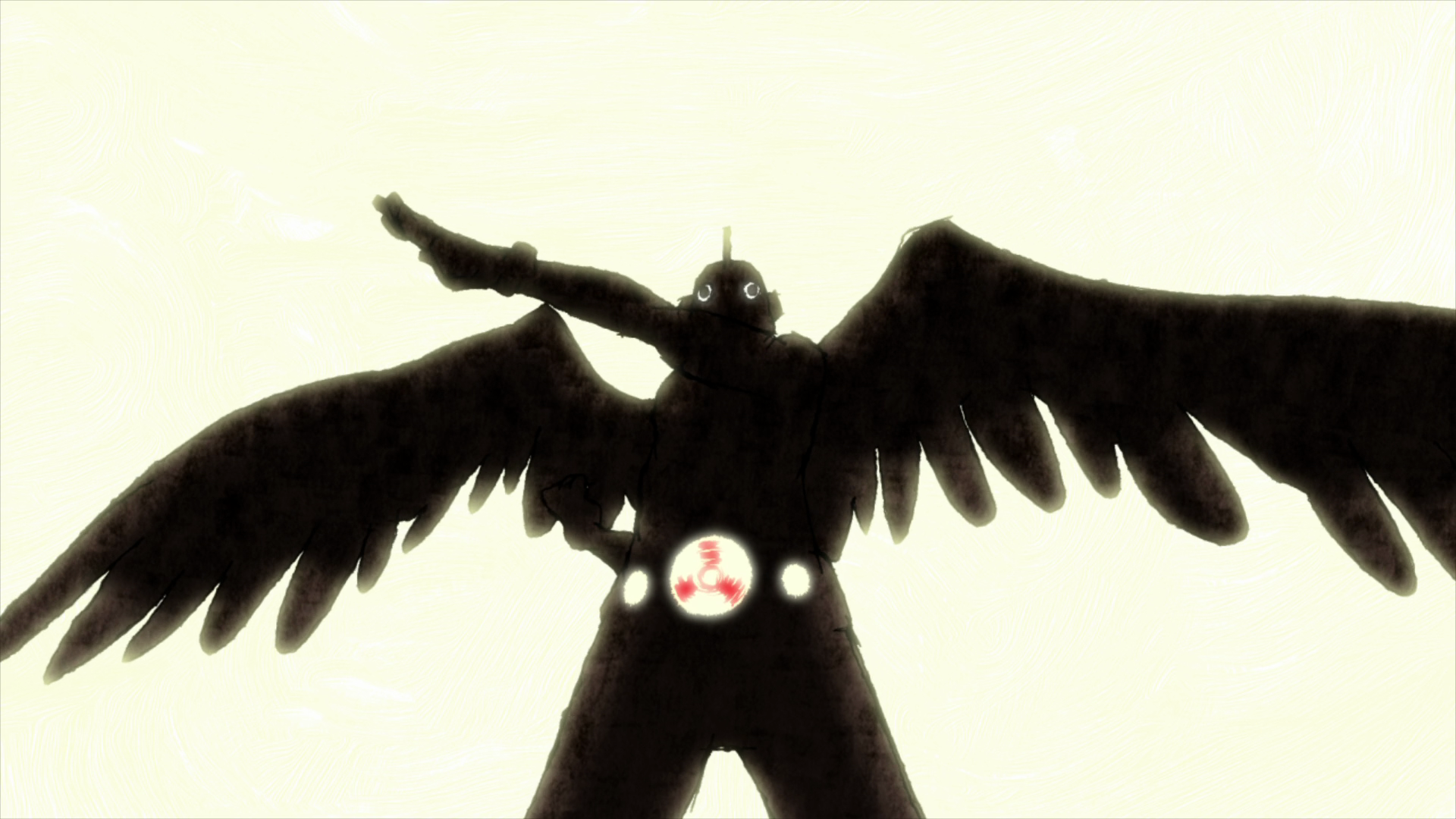
Let’s recap the story. Peppered throughout the show in flashbacks, it is revealed that Smile was often bullied as a child. When Peco befriended him and started fending off the bullies, Smile was not only grateful – he idolized Peco. It’s why Smile started playing ping pong in the first place.
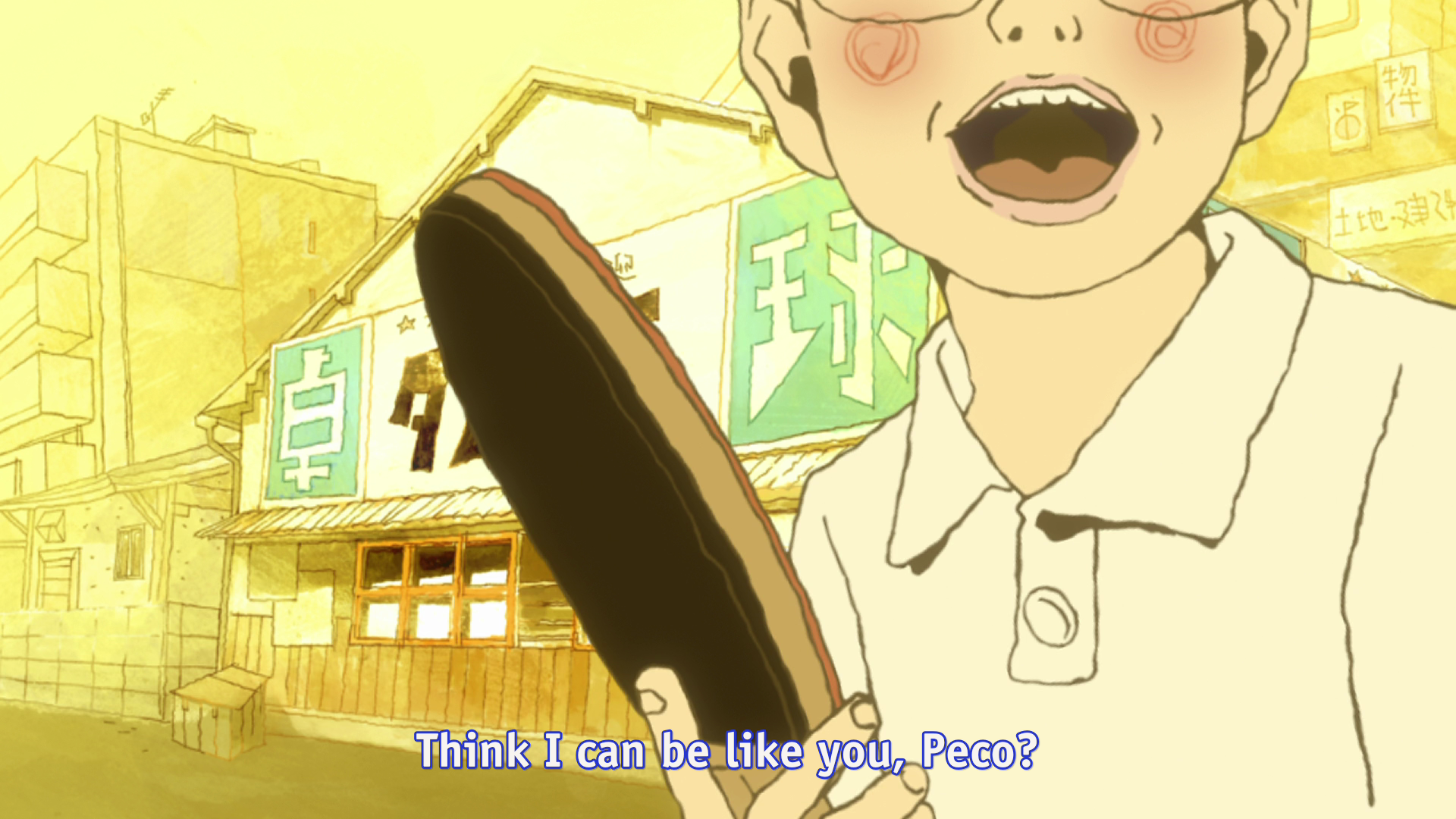
As a child, Peco often wore a mask and played at being a Hero. Whenever Smile would feel bullied, he would remember Peco’s instructions:
Call me when you’re in a pinch!
Chant this three times in your mind!
Enter the hero! Enter the hero! Enter the hero!
If you do that, I’ll come to you.
In Smile’s eyes, there was nothing pretend about this. As his frequent protector, best friend, and ping pong idol, Peco WAS the hero!

Snap to present, and Smile doesn’t see Peco as the hero anymore. Peco has lost sight of what made him inspirational, and has become lazy and complacent. The show then follows Peco as he falls behind his peers, hits rock bottom, rediscovers his love of ping pong, and reclaims his status as the hero.
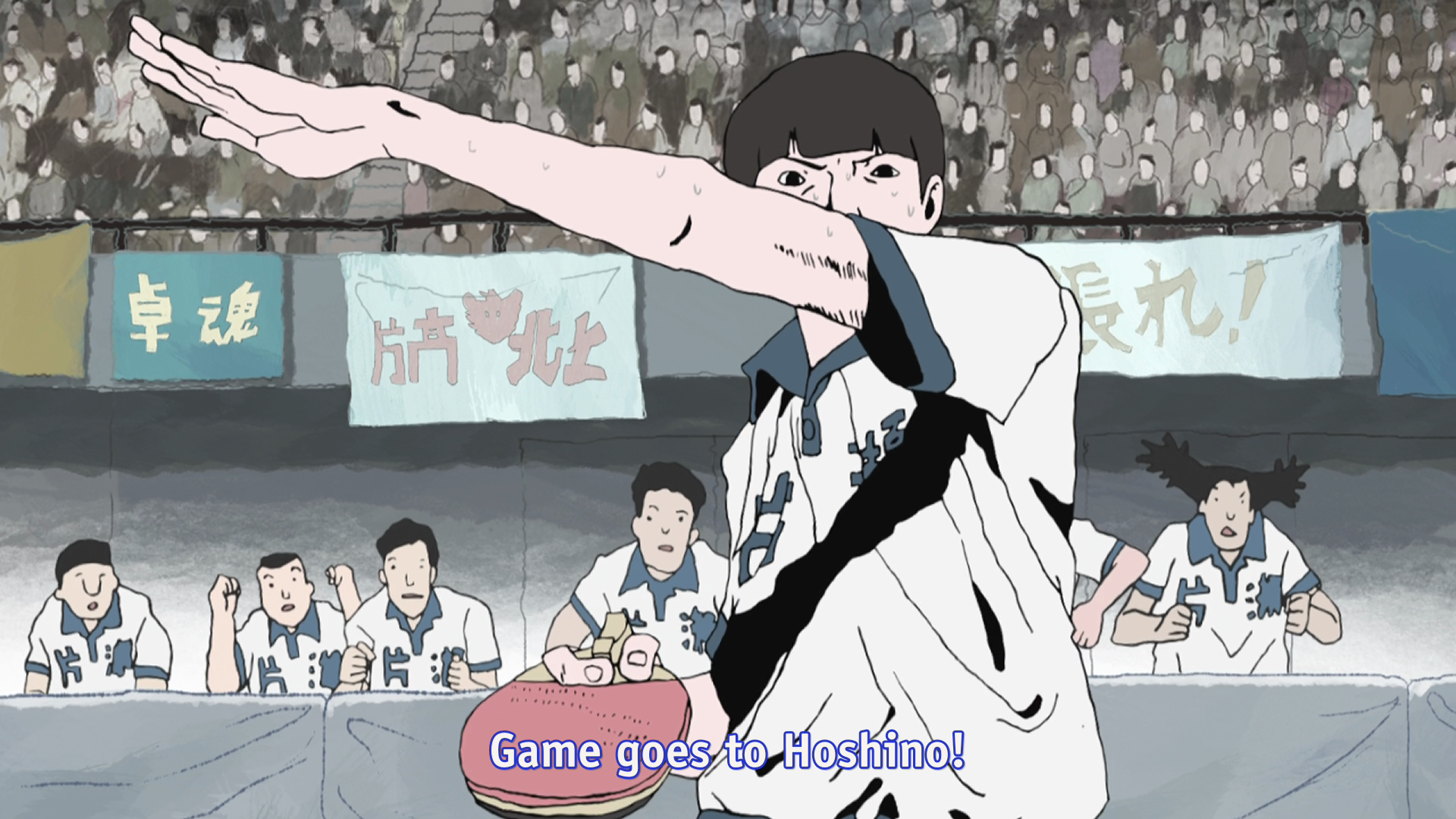
Meanwhile, we see Smile struggling to cope with the Hero’s absence. Why play ping pong? What’s the point? It is this “hero vacuum” that forces Smile to try and forge his own path forward as “The Robot”.
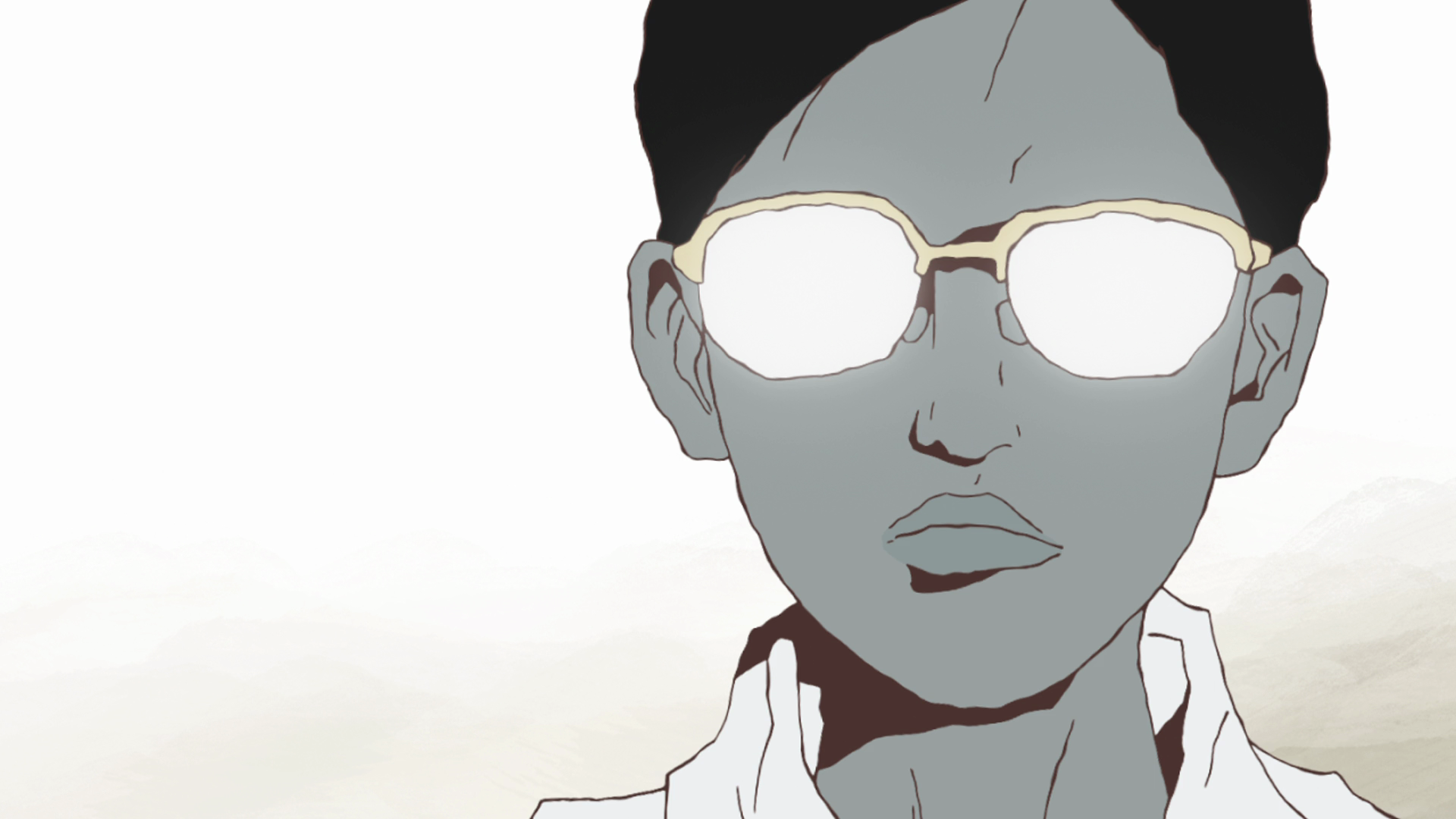
However, this way of living is clearly missing something. As we see in both Smile’s dialogue and the brief fantasy scenes mixed in, Smile’s only true salvation will come with the return of the Hero.

The Hero’s Motif
How does the music compliment this story? By establishing a specific melody as the Hero’s motif, and weaving it throughout the fabric of the show to represent key breakthroughs for our two main characters.
Throughout the first episode, Smile hums a simple tune to himself. After Peco is soundly defeated by Kong in the episode’s climax, he finally asks Smile about it:
Peco: What’s that?
Smile: Monster Robot
Peco: I mean the song.
Smile: Is it weird?
Peco: A little.
We learn later on in episode 10 that Smile came up with this song when they were children, as a theme song for the Peco’s hero persona. Peco has forgotton the tune completely, mirroring how he’s lost sight of what makes him good at ping pong, as well as what makes him the hero.
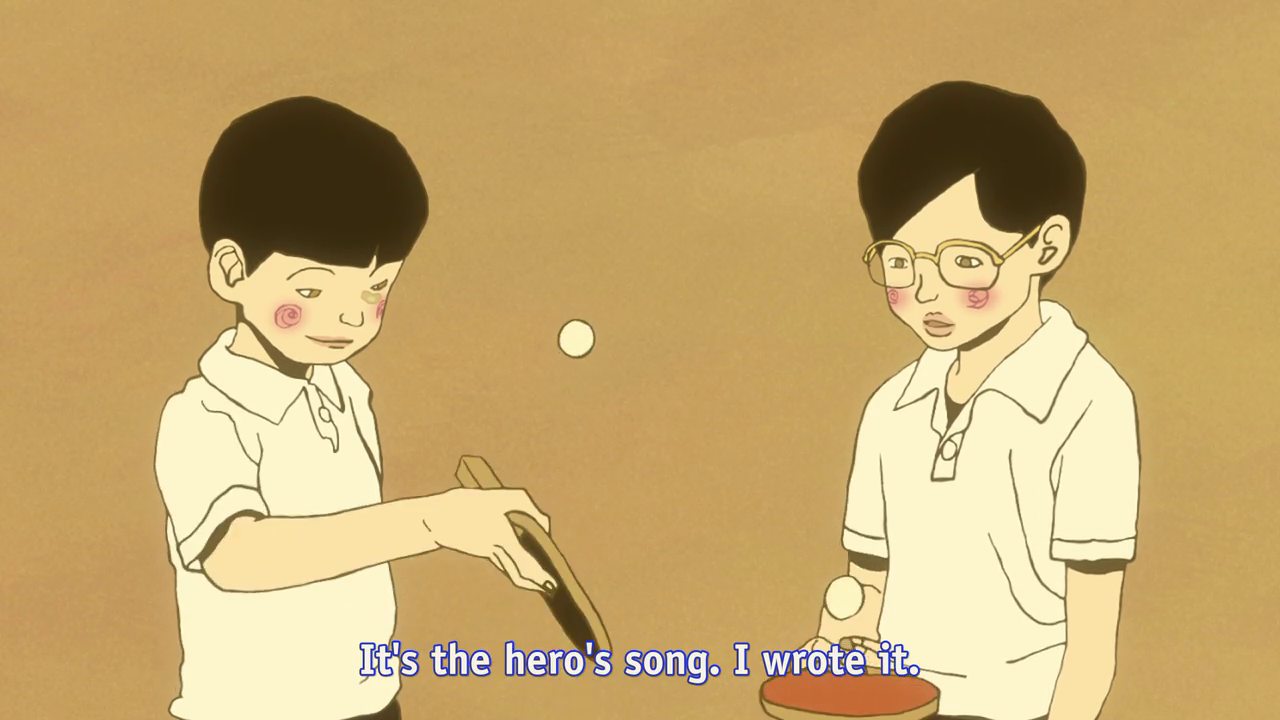
The reinforcement of the motif comes during Smile’s tournament match vs Kong Wenge in episode 3. At this point, Koizumi has convinced Smile to start practicing and has begun cultivating Smile’s competitive edge.
Using an unfamiliar paddle, Smile starts his match with Konge at a big disadvantage and quickly loses the first game. However, Smile doesn’t appear upset, nor is his coach Koizumi worried. As Smile starts to make his comeback, we hear him humming the same tune from episode 1. He is focused, he is trying, and he is having fun.
The stronger Smile gets, the more at peace he seems. He is approaching a zen-like enlightenment, while Peco as spectator becomes jealous and confused. Peco doesn’t recognize his friend Smile. Peco was supposed to be the hero, right? After getting skunked by Kong just two episodes prior, Peco’s only words are:
No way… Is [Smile] going to win?
The final turn of this battle is when an already demoralized Kong Wenge gets chewed out by his coach, who is also his translator and only friend. Smile cannot understand the language but clearly understands the stakes. The humming stops, and a sudden shift in the music accompanies a claustrophobic zoom. Smile’s not having fun any more.
Immediately, Smile loses his drive to win and sloppily hands the game to Kong. At this point, Smile just doesn’t care about winning. When he plays against Peco or Kong and sees their fragile ego and status laid bare, he hesitates to take that away from them. Why take this so seriously? As he says to Kazama earlier in the episode:
[I play] table tennis to kill time.
Devoting your life to table tennis is nonsense. It’s beyond comprehension. It’s creepy.
After this match and Koizumi’s strong scolding, Smile quickly transforms fully into the “emotionless” robot. For the next several episodes, he doesn’t hesitate to crush even former friends like Sakuma. Witnessing this, and feeling left behind, Peco is finally so discouraged he throws away his ping pong paddle.
With Peco hitting rock bottom in his own existential crisis, it’s fitting that the Hero’s Theme completely disappears for these middle episodes. So what will it take to bring it back?
After a pep talk from Sakuma and an off-screen epiphany (later revealed to be Smile’s enthusiastic grin in an old photo), Peco throws himself into training. He is finding himself again, but has not regained Hero status just yet. In the climatic tournament of the series, we see Peco breeze through his early opponents, including a cathartic rematch with Kong Wenge.
Smile can’t help but notice that the old Peco, his childhood hero, has finally returned.
Welcome back, hero.
But we don’t hear Hero’s theme for another two episodes. Why? Because Peco is still missing something, he just hasn’t figured it out yet.
The Hero’s Return
It is during the semi-finals match against Kazama that Peco is truly tested. After quicking losing 4 points in a very convincing fashion, Peco thinks this is his lowest point. His triumphant moment! He openly declares the start of his comeback.
He announces the Hero’s arrival, only to be immediately shut down and then lectured. Kazama, a veteran burdened by his success, can’t stomach Peco’s naivete. This false start is important, and shows that Peco is still immature, egoistic, and unaware. He continues to struggle and quickly loses the first two games.
Finally, Peco remembers that key bit of wisdom from his childhood. It’s not about being the best, the strongest, the hero. It’s so much more pure than that! It turns out… ping pong is fun!
During this epiphany, we hear Smile’s old humming tune slowly fade in. We see a flashback that explains its origins – Smile wrote it for Peco, as the Hero’s theme! Now through flashback, we hear the original rendition through the voice of a child.
The theme has been setup, reinforced, and reincorporated. But now for the real payoff.
Up until this point, Peco hasn’t had a definable motif that was his own. His scenes either highlighted another character’s theme or borrowed from the standard library of background score. This is the true payoff of the show. On the official soundtrack, this song is titled simply, “Peco”.
Koizumi: Now I see. He’s a hero.
Enter the hero! The action zips by. The background and spectators, even the colors, start to fade as the two players become increasingly focused and wholly absorbed by the game. And nowhere is this sudden transformation as clear and apparent as in the score.
Peco’s theme is exploding with sincere exuberance. It’s the same melody we heard from Smile earlier, but apply a faster tempo and interesting percussion, and it transforms into a spontaneous assault of sounds. Peco’s theme is childish, with the squeaking flute and bells and whistles. Peco’s theme is spirited, with the vocal ooo-ing and echoing and the occasional clapping on the beat. Peco’s theme is solid and powerful, with the electronic drone to center the chord alongside the strong percussive beat.
Even more, we can appreciate this song’s different manifestations / interpretations / arrangements as reflections of each character. Peco’s theme mirrors his best qualities and aspirations (as described above). Smile’s slower lullaby represents his needs: the hero as protector and savior, an answer to the external noise and bullying, less a drug and more a salve.
What I love in particular about this motif is how it switches from diegetic to non-diegetic, i.e. from occuring within the reality of the show to outside it. Smile’s humming is diegetic, because the characters are aware of it, unlike the backing score, which is purely for our benefit and exists outside of the narrative.
Motifs can be powerful tools for building emotional connections to the art or baking narrative associations into the subtext. But so rarely so you see a motif modified, let alone “adapted”, like Peco’s theme in Ping Pong. Right when Peco changes fundamentally as a character and his story arc peaks, the music changes with him for an effect that is deeply powerful.
When the motif moves from the diegetic humming of a child’s fantasy to the pulsating soundtrack of the big match, the story of the Hero transforms into legend.
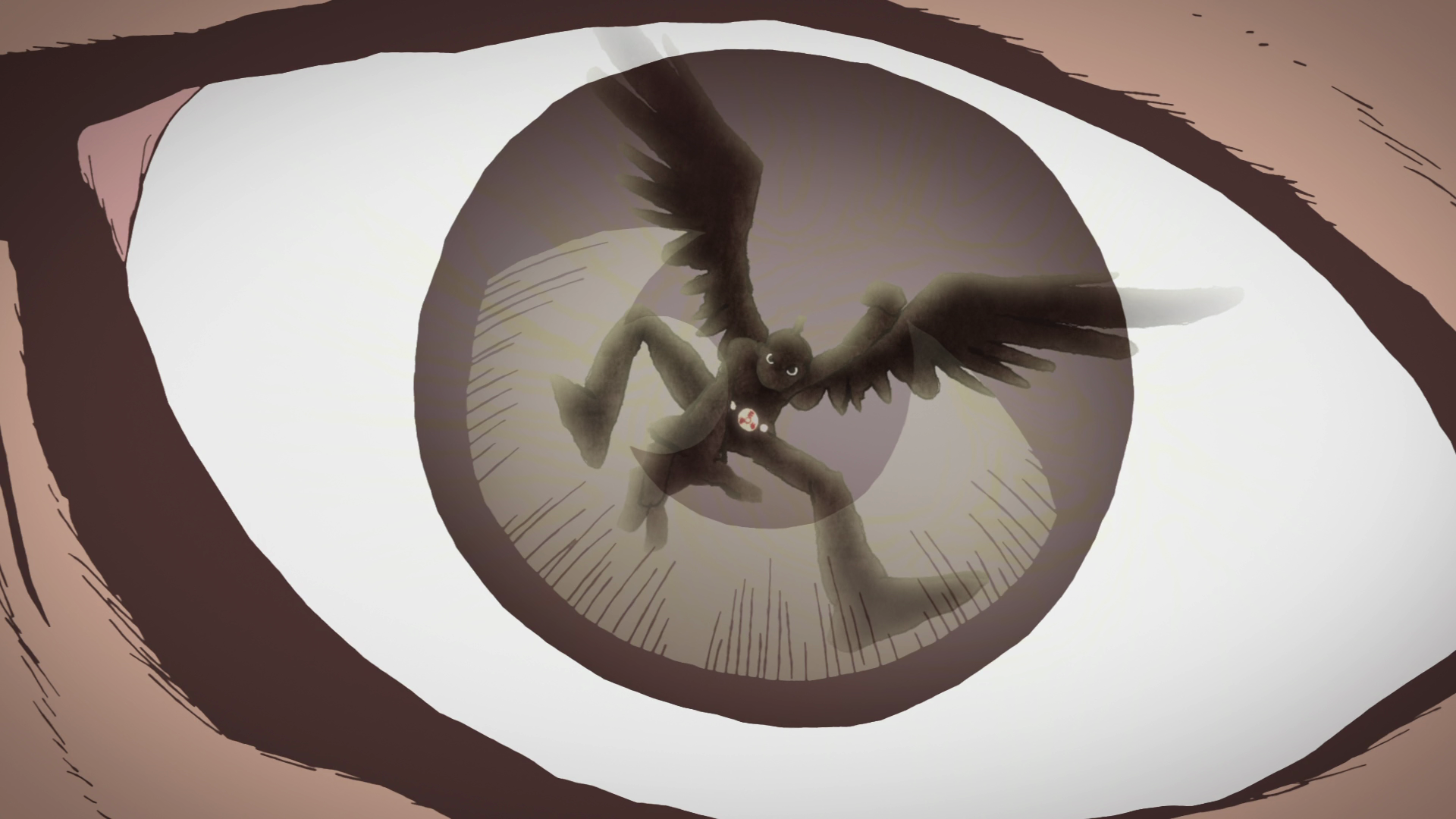
Post Script and Further Reading
- Going back to my opening bit about Gunbuster vs Diebuster, Every Frame a Painting did an excellent video essay called The Marvel Symphonic Universe wherein he investigates why western movie soundtracks seem less memorable these days.
- For a quick primer on digesis, check out this segment Lindsay Ellis made for her review of the Phantom of the Opera film adaptation.
- Lindsay Ellis also briefly discusses motif and it’s noticeable misuse in the first Hobbit film in her video essay The Hobbit: A Long-Expected Autopsy. The motif bit is time stamped, but the video and it’s follow ups are well worth your time.
Special thanks to Khalid, Matt, and Eliah for proofreading and providing feedback <3
If you have a favorite show or movie, where you feel the score greatly elevated the storytelling, please drop me a line @mpaulweeks! I’d love to hear about it.
